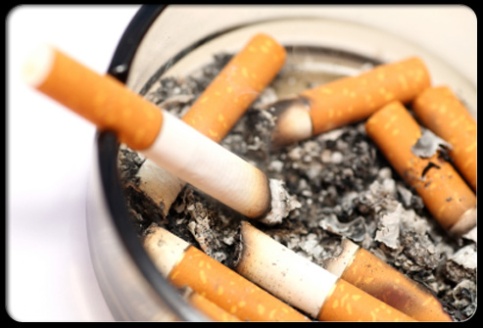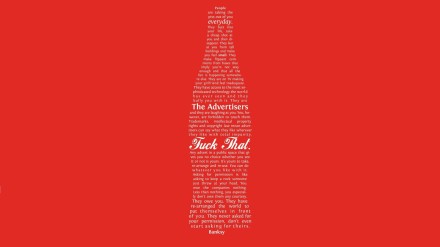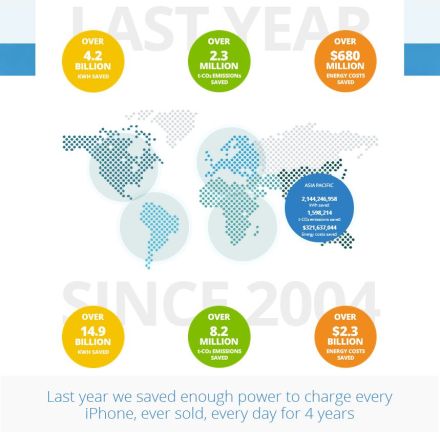Author: Will Kabuswe
The irony of it all
The global HR director for a UK cleantech once said to me: “It’s really hard to get young engineers up north. They all seem to want to work around London or work for BAE”. Glad to see this person of authority believes the organisation they work for, is lesser than one that facilitates war and death. That lack of pride, ambition and self-belief is far less appealing than the prospect of working up north. I’m not surprised people are put off working with that organisation.
A work in progress
Life is always a work in progress – hence why I write all this down. The blog’s theme has changed, from sustainability, to marketing, to education and health, while now, it sits firmly in fashion… for the time being.
Some further work is at www.theshowroomonline.co.uk – a collection of handpicked, unique vintage clothing and accessories.
Secondhand smoking jacket
… all items will be presumed to be used. Many will be over 50 years old; if it hadn’t been used in that time, it would be an extraordinary waste of such extraordinary pieces… and we abhor waste.
Update: Pocket watches, hip flasks, mother of pearl cufflinks and tie clips, vintage grooming kits and shoe care – the must haves of the modern discerning gent, are the first items to be purchased. We’ll keep you posted.
Out of touch, some might say
Since when did ensuring adequate child nutrition and well-being become ‘unnecessary spending’ or a ‘giveaway’?
These views came after the government announcement that free school meals will now be made available to all children under 7. Nick Clegg apparently had to push the Tory led coalition to accepting what one senior tory describe as “an appalling waste of £600million of taxpayers’ money” (out-of-touch, some might say).
For the family orientated press I’d assume this would have been a triumph for common sense. For the financially led papers, a catapult to future economic growth and prosperity. But no, ideology or utter bollocks prevails over all.
The World Bank’s Nutrition Overview, states, “The economic cost of under-nutrition, in terms of lost national productivity and economic growth, are enormous. Countries can lose between 2 to 3 percent of their potential GDP each year.”
Furthermore a Harvard School of Public Health study says, pursuing economic growth top-down without corresponding direct investments in health and health-related programmes “has little effect on child nutrition”; in other words, economic growth has not helped child nutrition – thus having little effect on long-term sustained economic growth. So how are we going to secure economic prosperity 20 years from now?
Some people have asked, how can we afford it? But how can we afford not to do it?
I Heart Advertising
Sustainability isn’t a key purchasing driver for the majority of consumers. But when they discover more about a company’s credible sustainability work, their affection and loyalty to the brand deepens.
I adapted (stole) that from this Guardian article on gum arabic (capitalisation not necessary); an ingredient found in most carbonated soft drinks, which comes with a whole host of externalities, but so often neglected from sustainability reporting.
I’m going to follow suit and neglect that as well. The point I’m trying to make is, the green purchaser doesn’t exist and never will, at least not in the numbers great enough to satisfy most ROI requirements. Furthermore they’re unlikely to want to invest time and money, making a small impact on a faraway place, at some time in the undetermined future.
Although I hate advertising as it’s manipulative, prays on the vulnerable and inescapable, when executed well, it is so damn effective. Great advertisers and this includes soft drinks companies, always answer:
- Why should I care? (You shouldn’t)
- How is this going to change my life? (It isn’t)
- What do I need to do? (Ignore it and run for the hills)
Sustainability and advertising go hand-in-hand. If advertising is a necessary evil of the modern world, it might as well be for something good.
We’re all human
I recently relaunched a new website for Elstat, who design energy saving solutions for commercial refrigeration systems. Their energy savings are massive, absolutely massive; since 2004 they’ve saved nearly 15bn kWh, prevented the release of over 8 million tonnes of CO2 and saved store and building owners over $2bn. Huge numbers, but therein lies the problem. They are so big, they are nigh on impossible to comprehend and put a human perspective upon them.
If we take winning the jackpot on the national lottery, the odds are 14m:1. Odds clearly not in your favour, but I can never knowingly experience 14m anything. My friend, a maths graduate, put it in to perspective for me; he said winning the lottery is like selecting the correct minute out of 26.5 years! I can’t experience 14m unknown things, but I can experience 26.5 years (I’m 25 years old by the way).
And now I don’t play the lottery.
The default setting for environmental communications, is to either promote the doom and gloom (please see my first ever post on A Work in Progress) or to baffle you with large numbers which are then transformed into other large numbers you don’t understand or ones that don’t even make sense; i.e. saves 100,000 trees.
The messages I instead created are human-centered, focussed on actions present in our everyday lives.
Take for example the Global Impact page. The numbers are massive, but at the bottom of the page I inserted one tagline to put some perspective on it: Last year we saved enough power to charge every iPhone, ever sold, every day for 4 years. In fact it’s probably double this, but this is the minimal level.
Does this work? Tell me what you think.
This takes the biscuit
I wrote a while back about meaningless corporate speak (bullshit) but I never thought I’d find a whole passage that wasn’t a joke, where no meaning could be derived.
In response to a 2degrees forum question: “How do you use GHG emissions ratios to ‘communicate’ with stakeholders?”, this is what a consultant responded with.
“I think the best way may be to determine your internal materiality value. Once you have that value then you can better benchmark your ratio with other companies. As I think without that it will be a pointless exercise. Furthermore, I think engaging and preparing reporting depends on what your material aspect is for your stakeholders, this can actually be done with some of empirical research exercise with a sample of stakeholders, both internal and external stakeholders. Roughly you may do this by surveys or focus groups or such similar research activities. Once this has been established then you can actually present the information in ratio format. I think one more interesting thing can be to present your ratio performance with the benchmarked value or by several deviation representation.”
A complete failure in communication; the person who asked the question is not in expert in GHG emissions, sustainability carbon management nor corporate bullshit; but more importantly he hasn’t even answered the question.
Quit the platitudes kids.
Might as well…
Shit! I’ve not posted in ages. What must my five followers be doing with themselves?
I must have been doing some important and exciting, eh? In fact it’s the opposite, I’ve done nothing; work has meandered from the mundane to the irrelevant; entertainment has involved weekend trips to the nearest watering hole and my thoughts have been stale and uninspiring.
I did complete another edX course though… check out my post Mathematical Motherlickin Geni-ass regarding the first.
This one was entitled The Challenges of Global Poverty, provided by MIT. I was discussing some of the points with a friend of mine, who considered the whole task of poverty alleviation as hopeless. The best thing that course taught me that it was far from hopeless. To illustrate this… I give my five followers a task.
Look around you; on your desk, in your room, in your kitchen. Count how many items there are, designed to make your life a little more comfortable, convenient, enjoyable.
Now look again at those items, how many of them have been designed to alleviate poverty, or would be of use or accessible to someone in absolute poverty? I assume very few of them would be.
Despite this abhorrence, people are pulling ‘themselves’ out of poverty; designing their own solutions, systems and making their own decisions independent of, or in some cases in spite of Western intervention, to make their own and the children’s life’s far better. Furthermore imagine a nation like Britain in 1900 for the majority of people. Pretty shitty, huh? It wasn’t until the conclusion of two World Wars and another 45 years before a systematic and comprehensive system of poverty alleviation was created. We call this the Welfare State and it is commended the world over. Many of what are poor nations today only achieved independence 50-60 years ago, their journey is only just beginning.
I suggest you read Profs Duflo and Banerjee’s book Poor Economics: A Radical Rethinking of the Way to Fight Global Poverty, which supported the course to find out more. Check out their website too for some useful stats and studies -http://pooreconomics.com/
Also, I scored 89%… BOOOM!
Corporate Bollocks
In one single meeting I listened to some talk about “bottlenecks”, “critical pathways” and “appendices to the protocol”. This corporate bullshit has become all too common for my liking. The piece by The Guardian, found via the link below showed me that I’m often guilty of this sin. Going forward I need to leverage my competencies to work on this issue. Bollocks!
http://www.guardian.co.uk/books/2013/apr/25/top-10-worst-management-speak
One of the comments reads as:
“It’s critical that we get onboard dynamic collaborative tools to leverage the underlying global paradigms of emergent vertically-stacked diagonal horizontals and evolve their scalable synergies to the point where we can empower ourselves to deploy a road-map for entry into multiple collateral pipelines.”
This man deserves a medal or at least some medical attention; I’m surprised he didn’t get a hernia after squeezing that one out.





